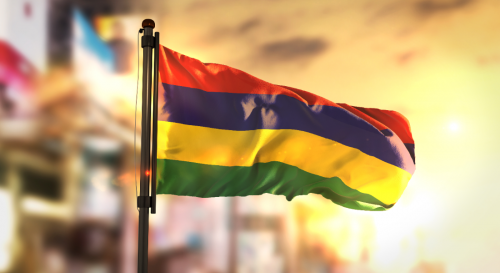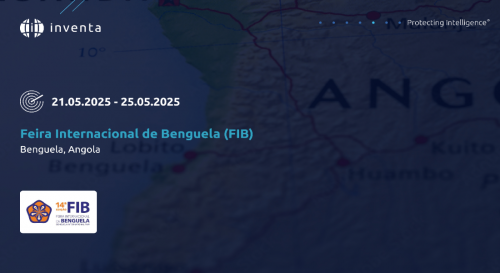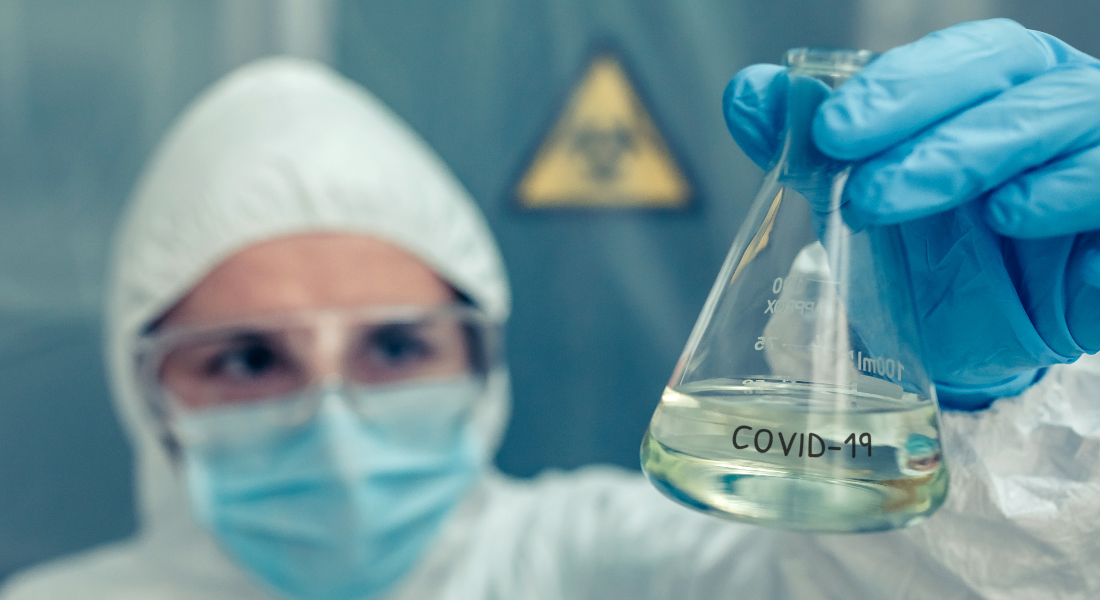
Patent Applications as an Indicator of Research and Development Against Coronaviruses
Objective
In the context of COVID-19 pandemics, this article aims to use the published patent documents as a source of background information about the studies carried on to finding out a treatment against the severe acute respiratory syndrome coronavirus (SARS-CoV) and the Middle East respiratory syndrome coronavirus (MERS-CoV), which are caused by other types of human coronaviruses.
The patents resulting from experimental studies show trends during research, however it shall not be taken as granted that an approved and effective medicament results from a patent application. Several knowledges and technical information have been gathered in the recent years, but considering some technical and scientific challenges, for example the lack of knowledge about the behaviour of the COVID19, an effective and licensed treatment still be far away for this recently discovered virus.
SARS-CoV
SARS-CoV has a common geographic origin with COVID-19, wherein it first emerged in 2002 in Guangdong, China. The virus rapidly spread across 29 countries, infecting more than 8000 people and killing 774. The SARS-CoV was recognized by World Health Organization (WHO) at the end of February 2003. According to data of WHO, the epidemic curve went from November 2002 to July 2003, resulting in almost 6000 cases all over the world. The international effort coordinated by WHO has controlled the SARS outbreaks of 2003-2004.
MERS-CoV
The MERS-CoV epidemic appeared in Saudi Arabia in 2012, with people experiencing similar symptoms to SARS-CoV but dying at a much higher rate of 35.9 per cent. Unlike SARS-CoV, which spread quickly and widely, MERS-CoV has been mainly limited to the Middle East. According to data from WHO, from 2012 until the end of November 2018, a total of 2494 laboratory-confirmed cases of MERS-CoV infections were reported from 27 countries with 858 associated deaths. The coronavirus responsible for this disease does not spread so globally and homogeneous as COVID-19 and the SARS-CoV.
Patent documents referred to SARS-CoV and MERS-CoV
In order to identify the patent documents related to medicinal preparations against the SARS-CoV and MERS-CoV, a search was performed in Espacenet database employing the international patent classifications referred to medicinal preparations listed in table 1. Moreover, keywords related to both diseases were used in the title or in the abstract of the patent documents, in order to filter the results.
Table 1: International Patent Classifications referred to medicinal preparations
In the figure 1, the number of published patent documents which represent a patent family referred to medicinal preparations to treat SARS along time is presented. Each patent family consist of an invention and each family may have several different patent applications filed in Patent Offices all over the world. The patent documents referred to organic, antigens or antibodies and peptides as active ingredients are dominant during the research approaches. On the other hand, as the curve of epidemics of SARS decreased in July 2003, about nine months after appearing of the disease, the investments on researching and developing, measured in published patent applications have been decreasing until today.
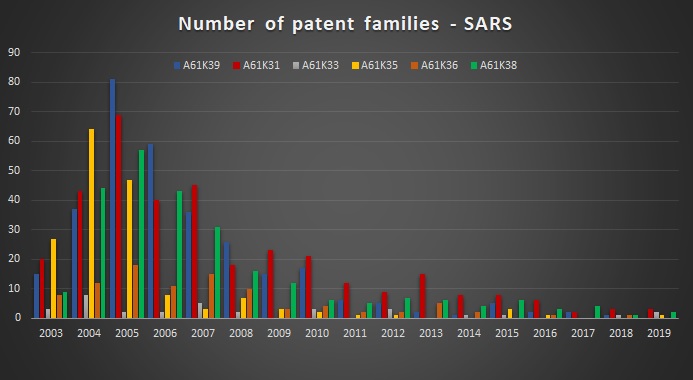
Figure 1
In the figure 2, the published patent documents which represent a patent family referred to medicinal preparations to treat MERS along time is presented. The patent documents referred to antigens or antibodies as active ingredients are dominant during the research and development approaches, that seem to follow a steady rate, considering the number of patent families, although in a significant reduced amount, when compared to the peak of patent documents referred to SARS.
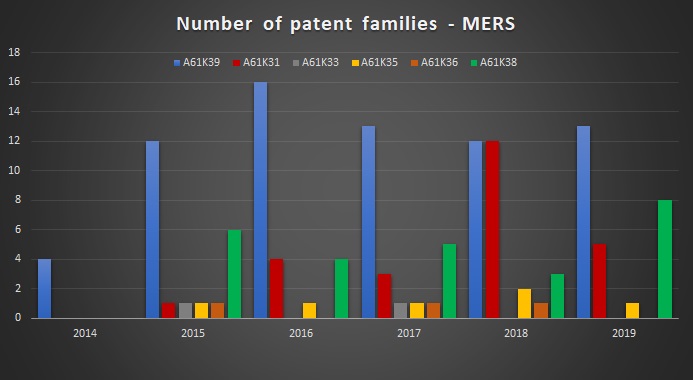
Figure 2
Licensed medications to treat SARS and MERS
Despite all the efforts and researching investments, an effective and approved medication against the two diseases has not been developed. Considering the MERS, in the study of Kayvon Modjarrad, “Research and Development Activities for Middle East Respiratory Syndrome: The Current Landscape”, published in 7 May 2016, it is stated that there are five general vaccine platforms in development for MERS-CoV. At the time of said report, the vaccines were in preclinical stages of development. According to WHO, no vaccine or specific treatment for MERS is currently available.
Conclusions
In the same pattern of a research to discover a new drug to treat a disease, it is going to be necessary to invest a significant amount of funds in research and development in order to develop a medicinal preparation against the COVID-19. For now, the patent application referred to medicinal preparations having the COVID-19 as a target are unpublished. We hope that within some months the first set of patent applications is going to be published by the Patent Offices.
The experience and knowledge acquired during the fight against coronaviruses that cause SARS and MERS may be useful to develop a medicinal preparation against COVID-19 (SARS-CoV-2), but considering the background of previous diseases caused by coronaviruses, we might not expect a fully successful and licensed product in the short range. Moreover, even if a patent is related to a well succeeded product, we must consider the regular time frames necessary to approve a commercially available medicament, which is up to the governmental healthy agencies.
The global impact caused by COVID-19 (1,016,534 confirmed cases and 53,164 deaths*) is enormous. In comparison, according to WHO, SARS resulted in 8,098 confirmed cases and 774 deaths and MERS resulted in 2,494 confirmed cases and 858 deaths. Therefore, massive investments in research and development shall be expected in order to beat COVID-19. Accordingly, significant amounts of patent applications related to new medicinal preparations will be filed, besides patents related to second medical uses of known active pharmaceutical ingredients (APIs) and synergistic combinations of APIs.
*Data from April 3rd 2020 from tracking performed by The Center for Systems Science and Engineering (CSSE) at Johns Hopkins University
Currency Info
Final charges will be made in USD.
Currency conversion is for information purposes only and accuracy is not guaranteed. Overseas customers are encouraged to contact their bank or credit card provider for details on any additional fees these institutions may include for currency conversion.
Territory List
There are no results for your search.
- Africa
- Algeria
- Angola
- Benin
- Botswana
- Burkina Faso
- Burundi
- Cameroon
- Cape Verde
- Central African Republic
- Chad
- Comoros
- Congo (Republic)
- Côte d'Ivoire
- Democratic Republic of the Congo
- Djibouti
- Egypt
- Equatorial Guinea
- Eritrea
- Eswatini (Swaziland)
- Ethiopia
- Gabon
- Gambia
- Ghana
- Guinea
- Guinea-Bissau
- Kenya
- Lesotho
- Liberia
- Libya
- Madagascar
- Malawi
- Mali
- Mauritania
- Mauritius
- Mayotte
- Morocco
- Mozambique
- Namibia
- Niger
- Nigeria
- Réunion
- Rwanda
- Sao Tome and Principe
- Senegal
- Seychelles
- Sierra Leone
- Somalia
- South Africa
- South Sudan
- Sudan
- Tanzania (mainland)
- Togo
- Tunisia
- Uganda
- Western Sahara
- Zambia
- Zanzibar
- Zimbabwe
- Africa (OAPI)
- Africa (ARIPO)
- Other
- East Timor
- Macao
- Maldives
- Portugal
- European Patent (EPO)
- European Union Trademark (EUTM)
- International Trademark (Madrid System)
- Patent Cooperation Treaty (PCT)

